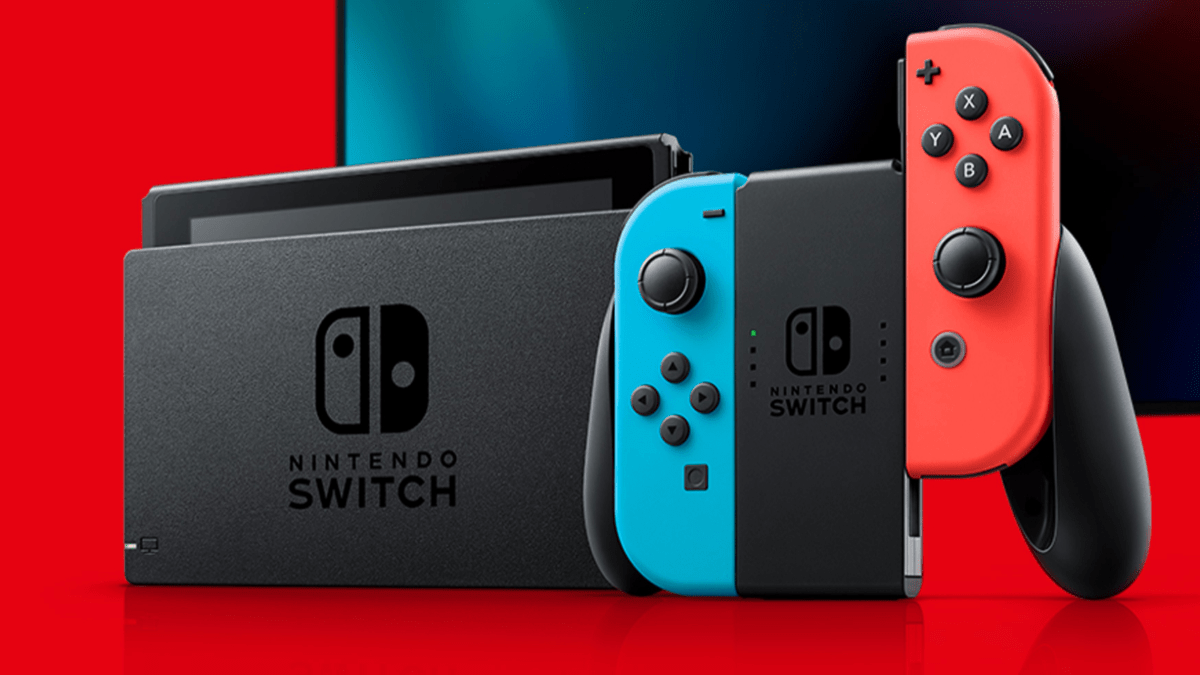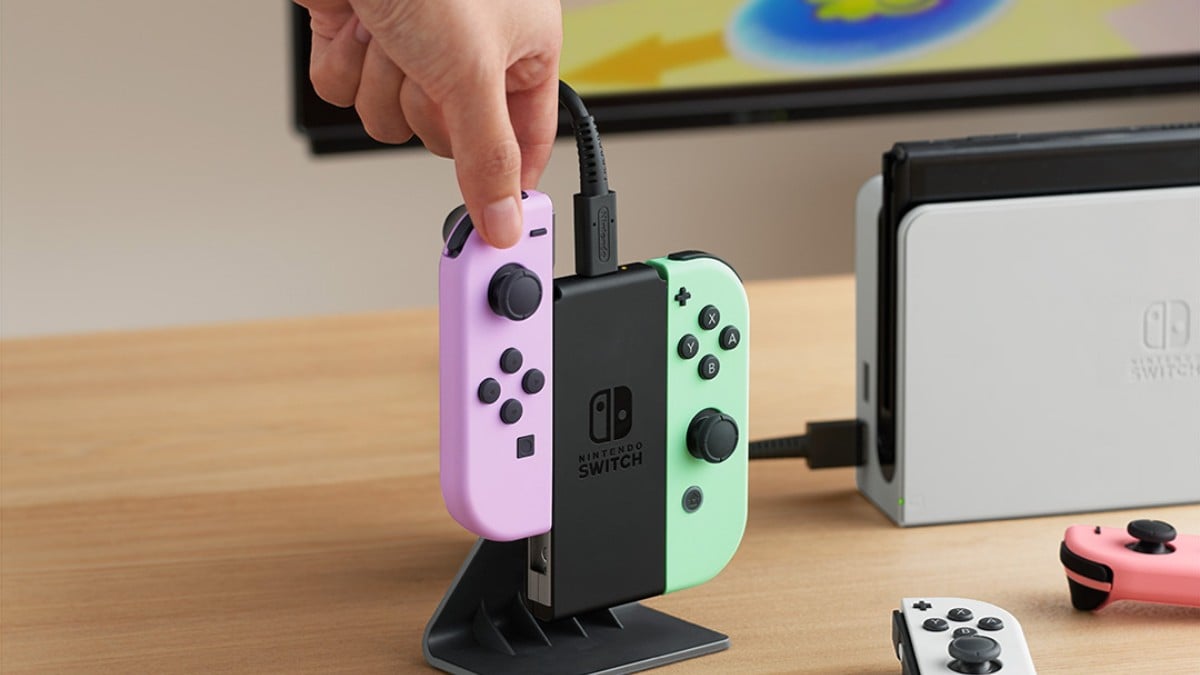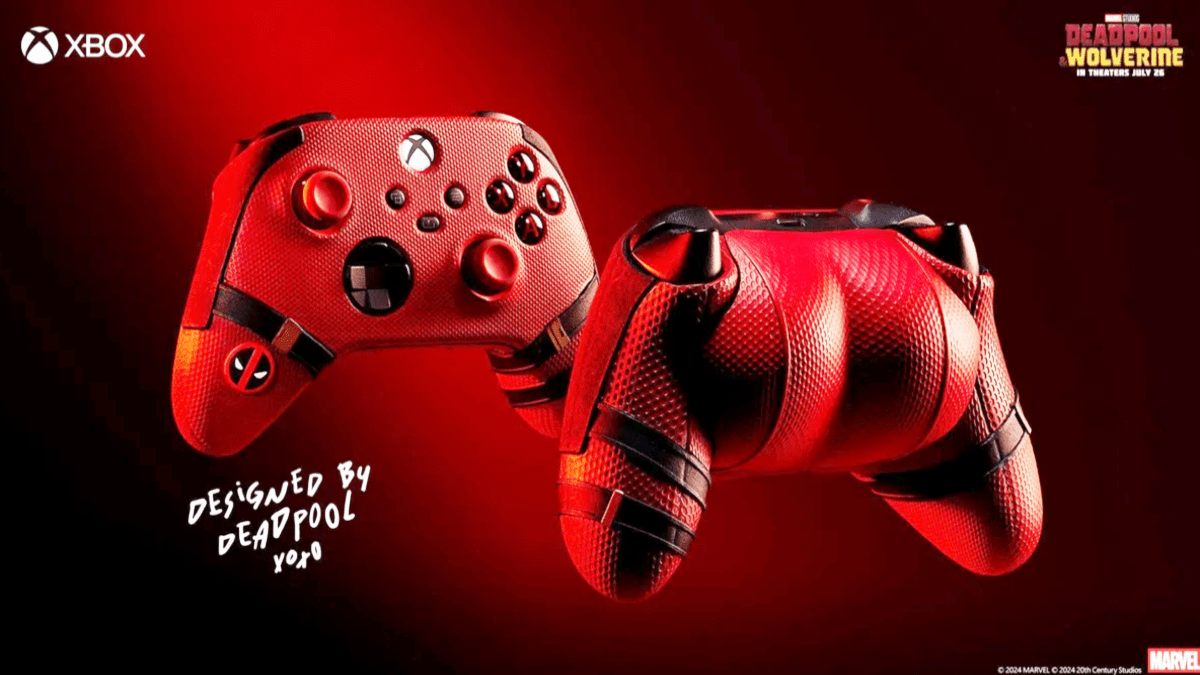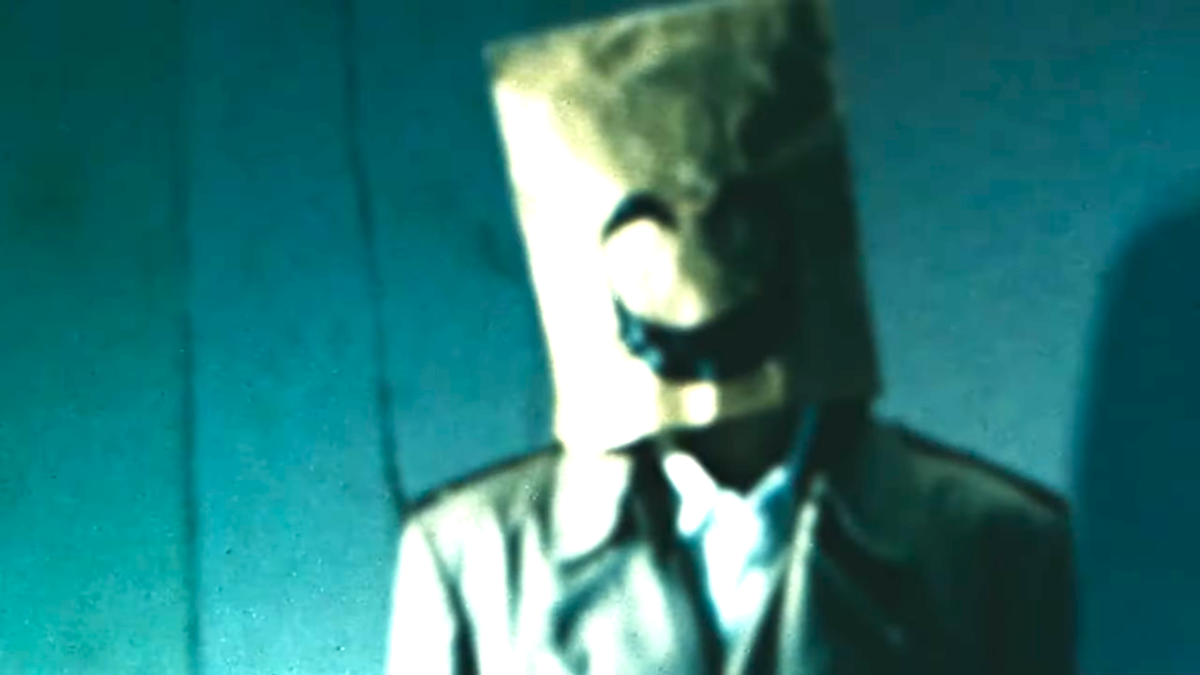You’d be hard-pressed to find a series with a more diverse fanbase than Pokemon. Having been on the market for over 20 years, the franchise’s audience has become so large and varied, that you could pick three Pokemon fans at random, and end up with three completely different people who all love different things about the series. Personally, I consider myself a longtime fan who holds the first two generations of games up on a pedestal, though I realize I’m probably in the minority here. Show up at your favorite retail store on the launch day for a main entry in the series, and you’ll be swarmed by fans young and old, who are eager to get their hands on developer Game Freak’s latest iteration. And then, of course, you have the Pokemon Go crowd, which itself is a hodgepodge of casual and nostalgic gamers alike.
As you might imagine, this leaves Pokemon Let’s Go Pikachu And Let’s Go Eevee in a bit of an awkward situation. As a reimagining of the first generation of Pokemon games, Nintendo and Game Freak are attempting to cast a wide net, by capitalizing on nostalgia, all while trying to convert the simple mechanics of Pokemon Go for the Nintendo Switch. And, to my surprise, this transition (mostly) works, even if it’s sure to leave some fans disappointed.

Having first been introduced to the series with the original trilogy of Pokemon Red, Blue, and Yellow, the opening moments of Pokemon Let’s Go brought a huge smile to my face. As expected, the game takes you back to the original world of Kanto, starting off in the idyllic Pallet Town. For the most part, everything is laid out as you remember it — buildings, gyms, and landmarks are all faithfully recreated in high detail. This is easily the best-looking Pokemon game to date, even if the art style is still rather simplistic in nature. The bump to high definition is a great new look for the series, and the iconic soundtrack has also been remastered — rest assured, it’s still just as catchy.
The story remains largely the same — after creating your character and getting your starter Pokemon (Pikachu or Eevee, depending on which version of the game you’ve picked up), you’ll set out on your adventure to collect Kanto’s eight gym badges and defeat the Elite Four, all while thwarting Team Rocket and their nefarious plans. Still, there are some changes along the way which help to streamline the progression between towns and cities. Unlike the original trilogy, HMs (hidden moves) have been completely removed, meaning you won’t have to spend your time tracking down hard-to-find items in order to unlock the ability to surf or fly. Instead, you’ll be able to take advantage of “Secret Techniques”, which won’t take up one of your Pokemon’s precious move slots, removing the need to juggle specific moves between your party of (up to) six Pokemon.

Pokemon Let’s Go also cuts down on any aimless wandering that plagued the original set of games. Back in Red/Blue/Yellow, the mid-game opened up unexpectedly, allowing you to (inadvertently) complete gyms out of order. Unfortunately, this led to fighting trainers and wild Pokemon that were much stronger than your own. Worse yet, accessing some cities and gyms were blocked off behind seemingly random tasks. Thankfully, that’s all changed this time around. Remember needing to buy a refreshing drink for a random security guard in order to access Saffron City? This time around, the required item will simply be handed to you after you beat the gym leader in Celadon City. Remember having to backtrack to Pallet Town to deliver a parcel to Professor Oak? The game will offer to just warp you there if you so choose. Remember wandering around aimlessly in the Safari Zone in an effort to track down HM03/Surf? Heck, Safari Zone has been completely replaced — more on that in a bit.
Arguably, Pokemon Let’s Go‘s biggest change comes in how you catch and train your Pokemon. As opposed to randomly encountering creatures in tall grass, you’ll instead choose to engage in battles, as Pokemon now appear directly in the overworld. After walking up to one, the game will shift to a screen very reminiscent of Pokemon Go. Instead of trying to chip away at a wild Pokemon’s health before attempting to catch it, all you need to do now is throw a Poke Ball at it. Needless to say, there’s little strategy required here — it all comes down to timing your throws and the occasional item.

For those crying foul, I understand your concern. Admittedly, there is very little tension when it comes to catching hard-to-find or legendary Pokemon now, and there’s little sense of accomplishment to be found when you manage to catch a creature without needing to put it to sleep first or limit its ability to regain health. That being said, you no longer have to worry about inadvertently defeating a Pokemon, which, in the case of legendary Pokemon, often necessitated having to reload a save file. Still, there are some upsides to the new system — catching Pokemon provides a decent amount of experience to your team (I should mention, any experience gained is granted to your entire Pokemon party, as opposed to one single Pokemon). Also, catching the same Pokemon species over and over builds up a Catch Combo — the higher your Catch Combo, the greater your chances of encountering rare and powerful Pokemon. This lends a sense of control to tracking down elusive Pokemon, as opposed to simply waiting to encounter one randomly.
For better or worse, battle mechanics have also been simplified. The minute-to-minute gameplay is largely the same — you and your opponent will take turns picking moves and watching your Pokemon duke it out. That being said, Pokemon no longer have abilities, which, in other mainline games, could have significant impacts on trainer battles. Pokemon can no longer hold items, and you won’t be able to breed Pokemon either. Thankfully, base stats and natures are clearly presented in menus and in battle. Those who prefer to catch multiple Pokemon of the same species to compare their stats will be able to do so, though it won’t have much impact, seeing as how the game is not too difficult anyway.

There’s also no proper online play for those looking to test their team composition, and Wonder Trading and the Global Trade System are completely absent. Thankfully, you can battle and trade against friends (locally or online), which makes it easier to fill out your Pokedex. Avid Pokemon Go players will also be glad to know that the Go Park (which replaces the aforementioned Safari Zone) allows players to transfer in their collection from Pokemon Go into Pokemon Let’s Go. You can transfer as much (or as little) of your collection as you want, though you’ll need to re-catch your Pokemon inside of Go Park. Also, be warned — Pokemon cannot be transferred back to Pokemon Go once you’ve brought them into Go Park.
While some might be perfectly content with the simplified mechanics — and others won’t — you’ll most likely get frustrated with the game’s motion controls, which are inconsistent at best. There’s no option to play with both Joy-Con or a Switch Pro Controller — you’ll need to play with a single Joy-Con or the new Poke Ball Plus controller. You’ll use the analog stick and buttons to move around the world and navigate menus, though the only way to catch Pokemon is to use the aforementioned motion controls.

Unfortunately, each control scheme suffers from its own unique shortcomings. Using the right Joy-Con is mostly comfortable, though the control stick feels slightly out of reach. Using the left Joy-Con solves this, but the game’s button prompts and UI are always tailored to the right Joy-Con, which can make for some confusing menu navigation. The Poke Ball Plus controller works decently — you’ll need to make sure to keep it correctly oriented so the directional controls don’t get out of sync — though it only has two buttons, which means some menu options become impossible to pick. To add insult to injury, the same UI issues persist, as the game always assumes you are using the right Joy-Con, despite you having to choose a controller when you first boot up the game. Also, when using the left Joy-Con or the Poke Ball Plus, you are unable to access the game’s home menu or put the system to sleep, requiring you to keep another controller nearby (or put the Switch to sleep manually). Handheld mode provides the best controls, as it allows you to use both Joy-Con, along with smooth gyro controls, though you’ll have to sacrifice getting to explore Kanto on a large display.
Even with all of the changes and concessions, Pokemon Let’s Go Pikachu and Let’s Go Eevee are still incredibly charming and a delight to play. As a reimagining of the original trilogy of games that kicked off a worldwide phenomenon, the feeling of nostalgia will undoubtedly resonate with older games, and the mechanics borrowed from Pokemon Go will help to bring casual gamers into the Nintendo Switch ecosystem. Unfortunately, it’s hard to please everyone, and I’ve already had more than a few conversations with friends who are unable — or unwilling — to look past the overly simplistic mechanics and lack of competitive play. There’s plenty to enjoy here, as long as you temper your expectations.
This review is based on the Pikachu version of Pokemon Let’s Go. A review copy, and a Poke Ball Plus, were provided by Nintendo.








Published: Nov 19, 2018 11:56 am